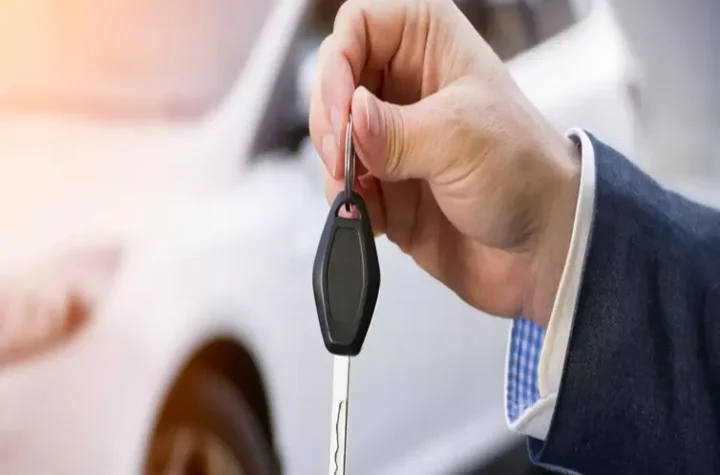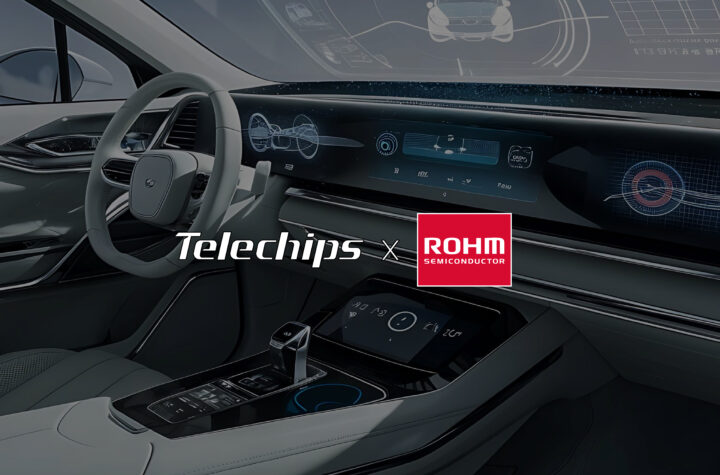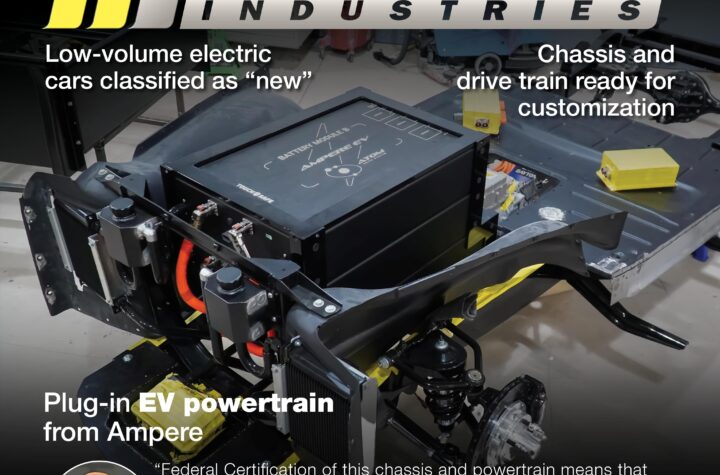
In its research report released end-2006 titled ‘Auto industry – 2006 in review’, global consulting firm Booz Allen Hamilton, pointed out that the Detroit Three, Ford, Chrysler and General Motors continue to lose out to Japanese competitors like Toyota and Honda even in the competitive US market. Similarly, Korean manufacturers like Hyundai and Kia continued to gain ground.
According to Booz Allen, US auto makers suffer from three major problems – uncompetitive costs, revenue disadvantages (Toyota enjoys a 10 per cent margin and Honda 7 per cent margin) and inferior investment economics. The biggest cost for US auto majors is labor. Plus their infrastructure is bulky and largely unnecessary. “Because of a lack of trust and commitment in OEM-supplier relationships, suppliers are reluctant to make justified investments that they can recover only over a timeframe longer than the current contract. And because the focus is on price more than value and cost, the chance of picking the best possible component specification—the best possible tradeoff between consumer value and system cost—is much lower. Our analysis indicates that the total sourcing disadvantage faced by the Detroit Three is probably larger than the labor disadvantage,†the report states.
With US customers moving away from large sports utility vehicles or SUVs thanks to spiraling fuel costs, Asian car manufacturers’ small vehicles managed to eat into the US market. “The time lag between Toyota and Honda achieving quality superiority and getting paid fully for it suggests that while the Detroit Three have made considerable advances in quality relative to the Japanese in the past five to 10 years, they may not be able to fully monetize the value of this improvement in quality for another five to 10 years without specific efforts to accelerate its capture. Exploring ways to accelerate this natural cycle clearly makes sense,†says the report.
Booz Allen’s report recommended that US OEMs need to focus on three priorities in order to tackle the problems it faces. Notably, US OEMs need to narrow the cost disadvantage by cutting the best labor deals possible.
Attacking these disadvantages continues to be at the top of the domestic OEMs’ agendas. As always, finding the exact solution is more difficult than diagnosing the problem; however, we would highlight three priorities. “Leverage buyouts to get the labor force to the right numbers and leverage the current difficult state of the business to get a more workable labor agreement in 2007,†urges the report.
Another challenge will be to rethink the supplier model and scrap the historical approach that does not generate either the highest value or the lowest system cost, and apply a more collaborative approach that does. Booz Allen’s report goes on to recommend that US auto majors need to recognize what their ‘natural share’ is for their companies. “It is probably below today’s shares, which are pushed up by the need to keep workers who are paid whether they produce or not. Adjust your company to that share, including plants, labor headcount, overhead headcount, and dealer networks,†says the report.
Auto companies should also narrow their revenue disadvantage by continuing to improve quality, communicate these improvements to the market (such as GM has done through warranty improvements) and create ways to accelerate adjustment to consumer attitudes.
Innovation in vehicle technologies and sub-systems will be vital and companies may need to invest in the used vehicle market. US OEMs will also need to achieve superior investment economics by leveraging cost and revenue improvements and improve the vehicle development process itself. “Be ruthless about evaluating new programs fairly and avoid unwarranted optimism,†recommends the report.
The Booz Allen report also points out that automotive suppliers have been badly hit in 2006. Companies like Dana and Dura went bankrupt adding to the list of companies that include Delphi, Tower Automotive and Collins & Aikman. According to the report, this has happened mainly because of unrecovered commodity cost increase and the final bankruptcy of the historical supplier-OEM relationship.
“We all know that prices for many key commodities—for example, steel, energy, and plastics—have risen dramatically in recent years, to levels far above those contemplated when many current programs were quoted. Many OEMs have been unwilling to give more than token price relief unless forced to by supplier distress, and the impact on supplier profitability has been enormous. Interestingly, both Toyota and Honda have been much more willing to work with their suppliers on commodity prices,†says the report.
As US OEMs squeeze supplier margins, Booz Allen says that this should be tackled by suppliers developing new and more fruitful relationships with customer that focus on generating value for customers at the lowest possible cost for both suppliers as well as OEMs. “We see strong interest in moving to this type of new relationship model on both sides,†says the report.















More Stories
How Diesel Pickups Are Outperforming Gas Trucks on Tough Jobs
Essential Steps To Help Your Vehicle Retain Value
Meet Rita Case – recipient of 2024 NAMAD Lifetime Achievement Award